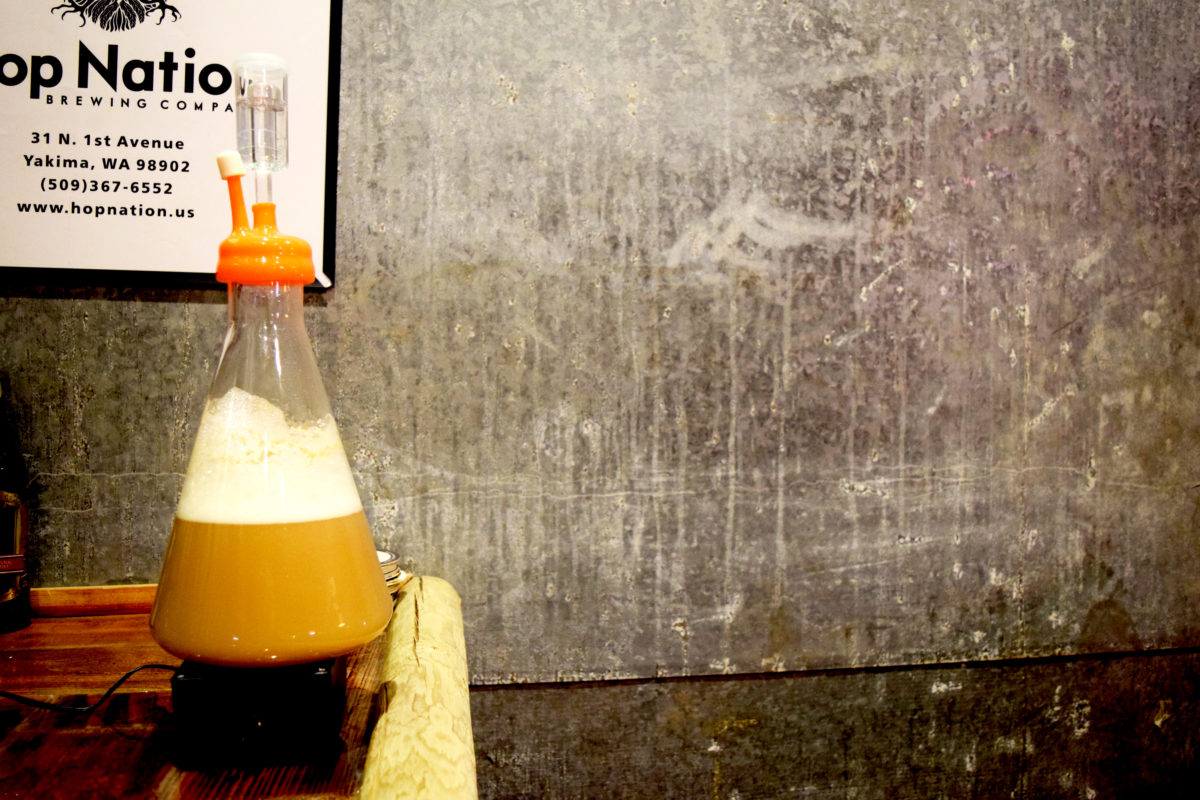Happy yeast makes happy beer. The best way to ensure that your yeast is healthy, viable, and happy is to make a yeast starter. The process is quicker and easier than many homebrewers assume. It does take a little pre-planning to get the starter going about 12-18 hours before your brew time. But when it comes time to pitch your yeast, you will get consistent results, faster fermentation, better attenuation, and fewer off-flavors.
Why Make a Yeast Starter?
Yeast starters are not always required for lower gravity 5-gallon batches, but some seasoned homebrewers will make a yeast starter for every batch just to give it an extra leg up and start fermentation faster. Some off-flavors, such as Diacetyl, are more pronounced when a yeast population is too small or unhealthy. This is the result of a stressed yeast population that does not do a very good job of chewing through these unwanted compounds.
Yeast starters are needed anytime that you are brewing larger volumes, higher gravities, or are using yeast past the best by date. Making a yeast starter will allow you to inoculate large batches from a single vial or packet of liquid yeast. Some extremely high gravity beers will require more than 24 hours and multiple additions of Dry Malt Extract. It is also recommended to make a yeast starter if you are pitching a Lager yeast below 65 degrees F.
Yeast starters are also beneficial if you are saving the yeast dregs (that cloudy sediment in some unpasteurized beers) from commercial beers. This process of curating a yeast library will allow you to create clone recipes that are very close to their commercial counterparts. Plus getting yeast for free is never a bad idea.
What You Will Need
1. Erlenmeyer Flask (Growler or Canning Jar also work as fermentation vessels)
2. Sanitizer
5. Dry Malt Extract (DME) (use light DME or the same one in your beer recipe)
4. Liquid Yeast
Optional yet recommended:
3. Magnetic Stir Plate (Optional)
6. Yeast Nutrient
7. Carboy Cap (If using Erlenmeyer Flask)
8. Air Lock
How to Calculate Ideal Yeast Cell Count
Ale: 0.75 million viable yeast cells for every milliliter of wort per every degree Plato.
Lager: 1.5 million viable yeast cells for every milliliter of wort per every degree Plato.
Ale Example:
0.75 million X 5 gallons of wort (~18925mL) X 16° Plato (1.065 OG) = ~230 Billion yeast Cells
Starter Sizes for 5 Gallon Batches
Under 1.048 OG: No starter needed
1.050 – 1.065 OG: 1L Starter
Over 1.065 OG: 2L Starter
Starter Sizes for 10 Gallon Batches
Under 1.048 OG: 1L Starter
1.050 – 1.065 OG: 2L Starter
Over 1.065 OG: 4L Starter
Starter Sizes for 15 Gallon Batches
Under 1.048 OG: 2L Starter
1.050 – 1.065 OG: 3L Starter
Over 1.065 OG: 6L Starter
Ratio of DME to Water
1 Gram DME for every 10mL water should get your starter to 1.040 OG
That means a 1 Liter starter requires 100 grams of DME
– 1 Liter = ~32oz
– 100 Grams = ~1/2 Cup

